A literal perfect storm of ecological disaster has taken place in Filipino waters in the wake of Typhoon Gaemi.
The increased incidents and severity of weather events like typhoons in the wake of climate change are an environmental concern in themselves, but factor oil tankers into the equation and you have a recipe for catastrophe.
Extreme Weather in the Philippines
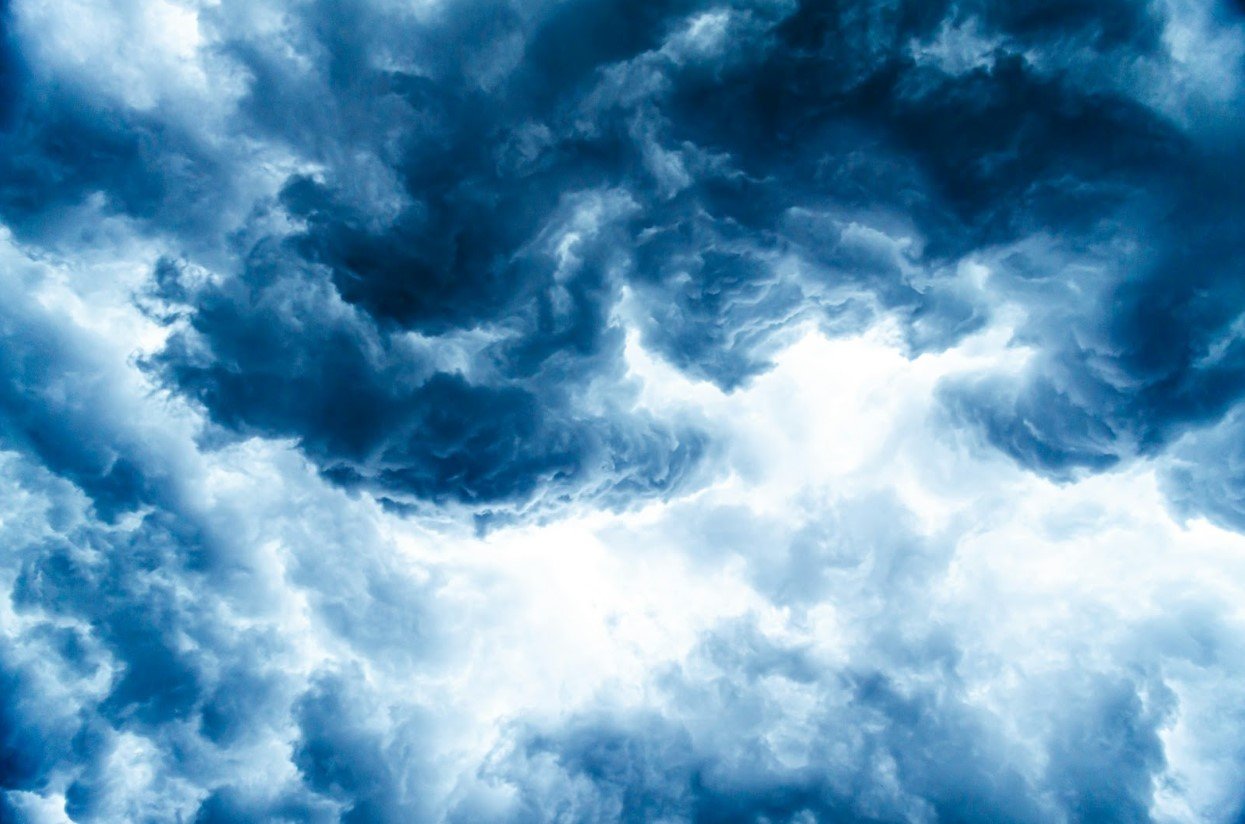
Typhoon Gaemi reached the northern Philippines in late July, bringing heavy rains and churning up rough waters offshore.
The region has recorded the warmest ocean temperatures ever experienced as the planet continues to feel the growing impact of climate change. The storm mixed with seasonal monsoon rains, intensifying and battering the country for several days.
Trying to Push Forward

The typhoon triggered landslides and floods in the country, sadly leaving at least 34 dead. Despite these torrid conditions, no storm warnings were in effect for ships leaving port.
It’s within these stormy conditions that the Philippine-flagged MT Terra Nova was cleared to leave its port in Limay in the province of Bataan in the northern Philippines.
The Terra Nova
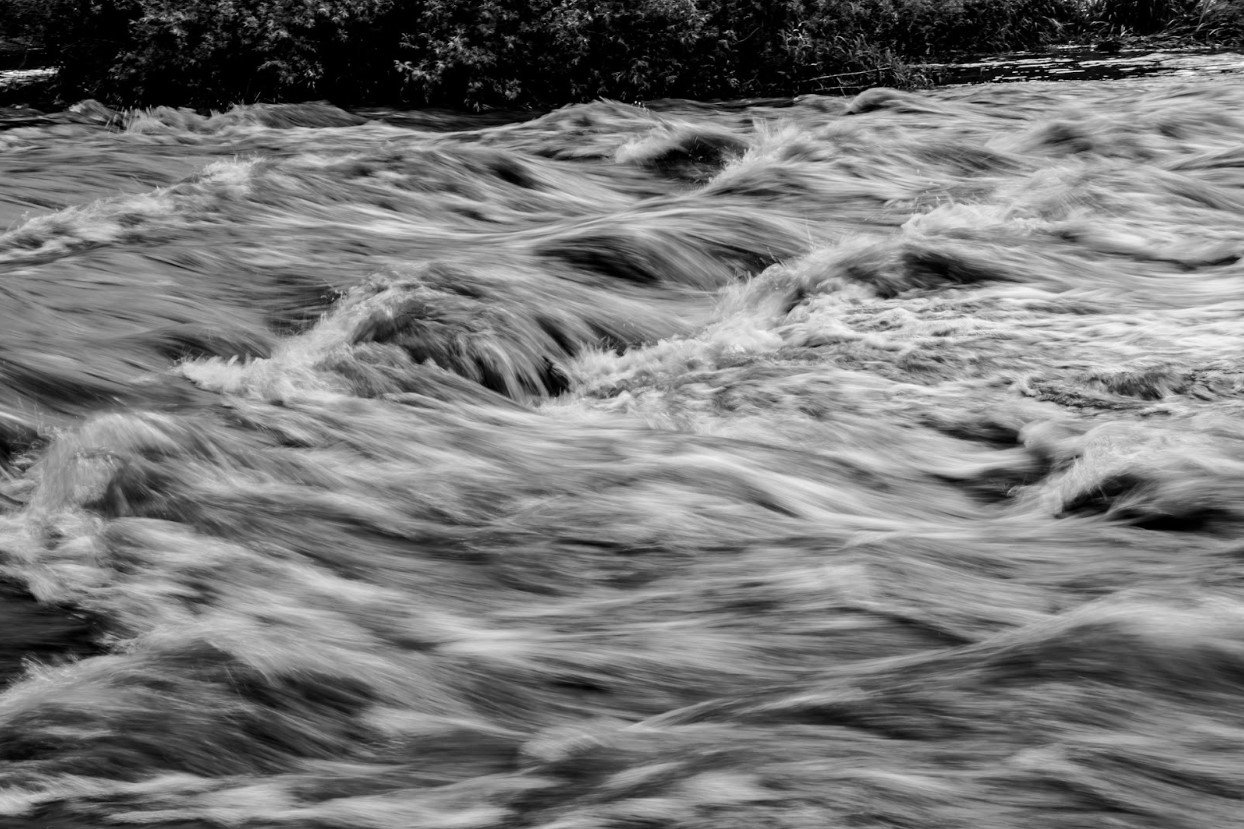
The Terra Nova was carrying a cargo of close to 1.5 million liters of industrial fuel oil, headed for Iloilo on Panay Island in the country’s central region.
Along with the lack of any official warnings despite the impact of the typhoon, the ship also met regulatory requirements for traveling in rough weather. So, the Terra Nova set sail in clearly dangerous conditions.
Battered by the Elements
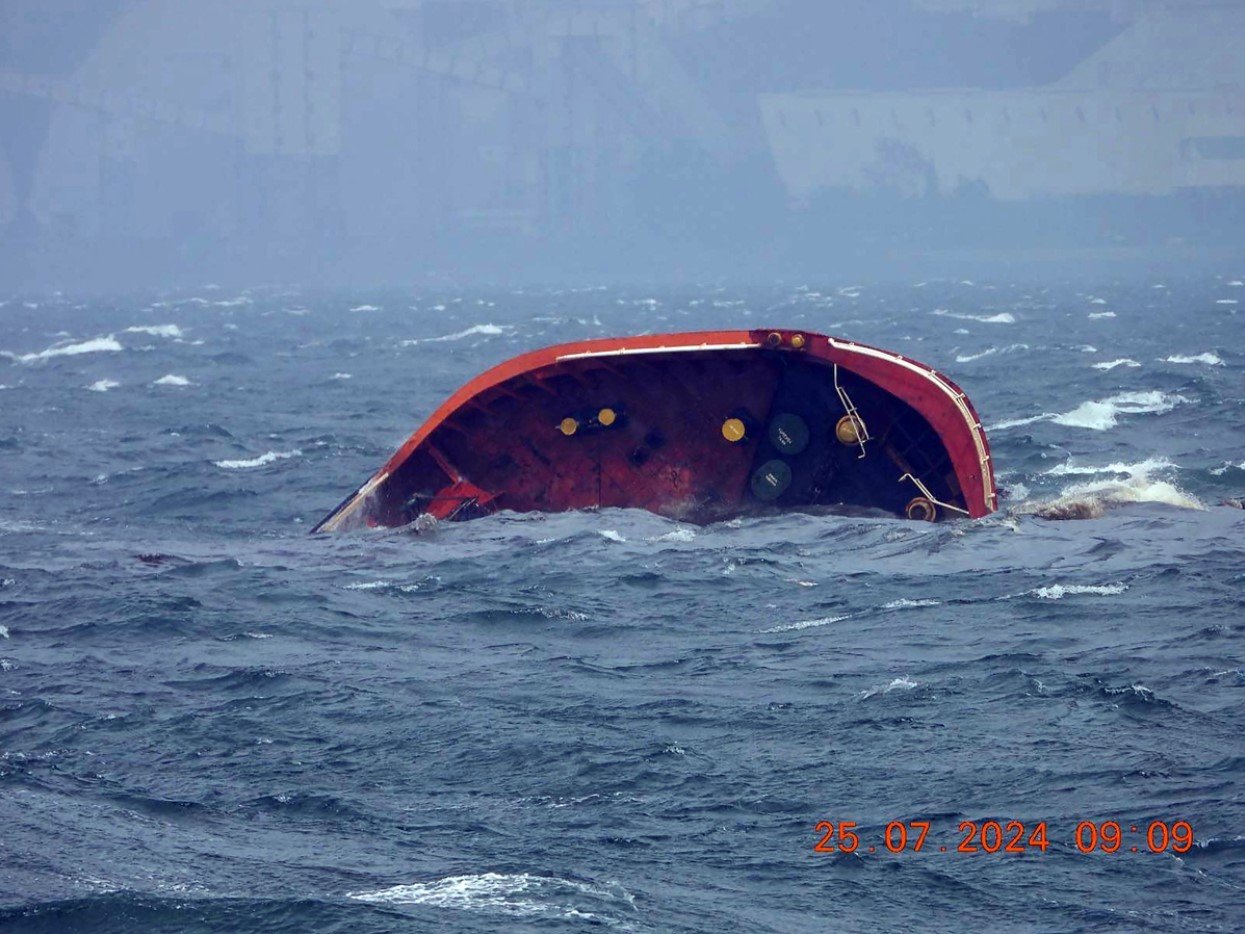
It did not take long before the ship encountered the heavy rains and rough waters brought forth by Typhon Gaemi.
Battered by the weather, the captain attempted to turn back toward shore but the ship took on water from the brutal waves. The Terra Nova sank and one crew member sadly lost their lives. But this was only the start of the tragedy.
Leaking Oil

As it sank, the Terra Nova began to spill its cargo into the sea. Initially, Filipino authorities attempted to downplay the disaster, reporting that the fuel leaking into the sea was from the vessel’s diesel engine and not its cargo.
This smokescreen didn’t last for long, and the full extent of the disaster was soon made clear.
A Huge Oil Spill
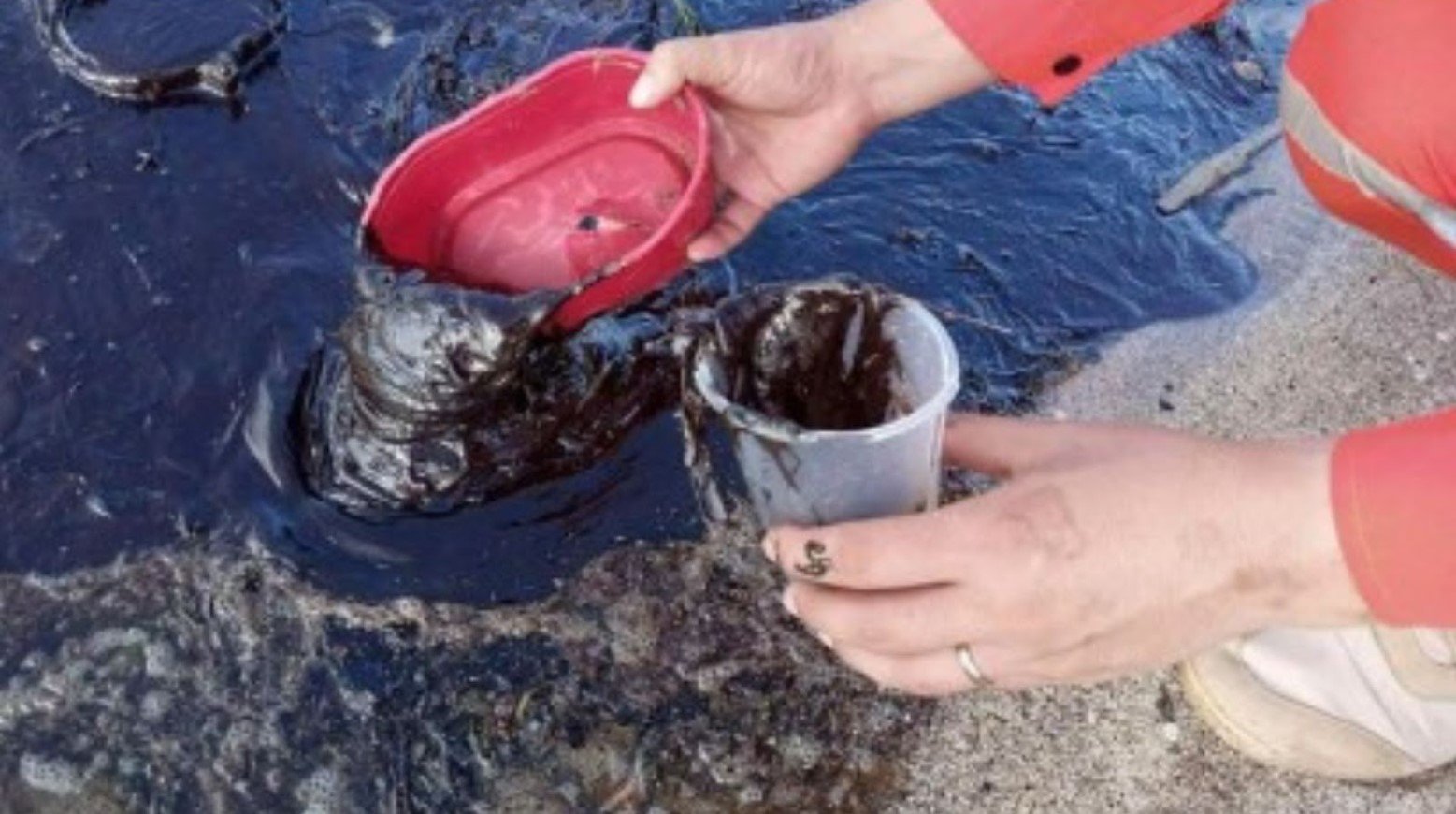
Initial reports stated that the oil spill covered an area of 14 sq. km. (~5.5 sq. mi.), but it soon became apparent that the damage was far more widespread.
The Philippine Space Agency now reports that the oil spill has spread to cover an area of at least 68 sq. km. (26 sq. mi.). Oil traces are already being reported in fishing villages in the Bulacan and Cavite provinces.
Further Downplaying the Impact
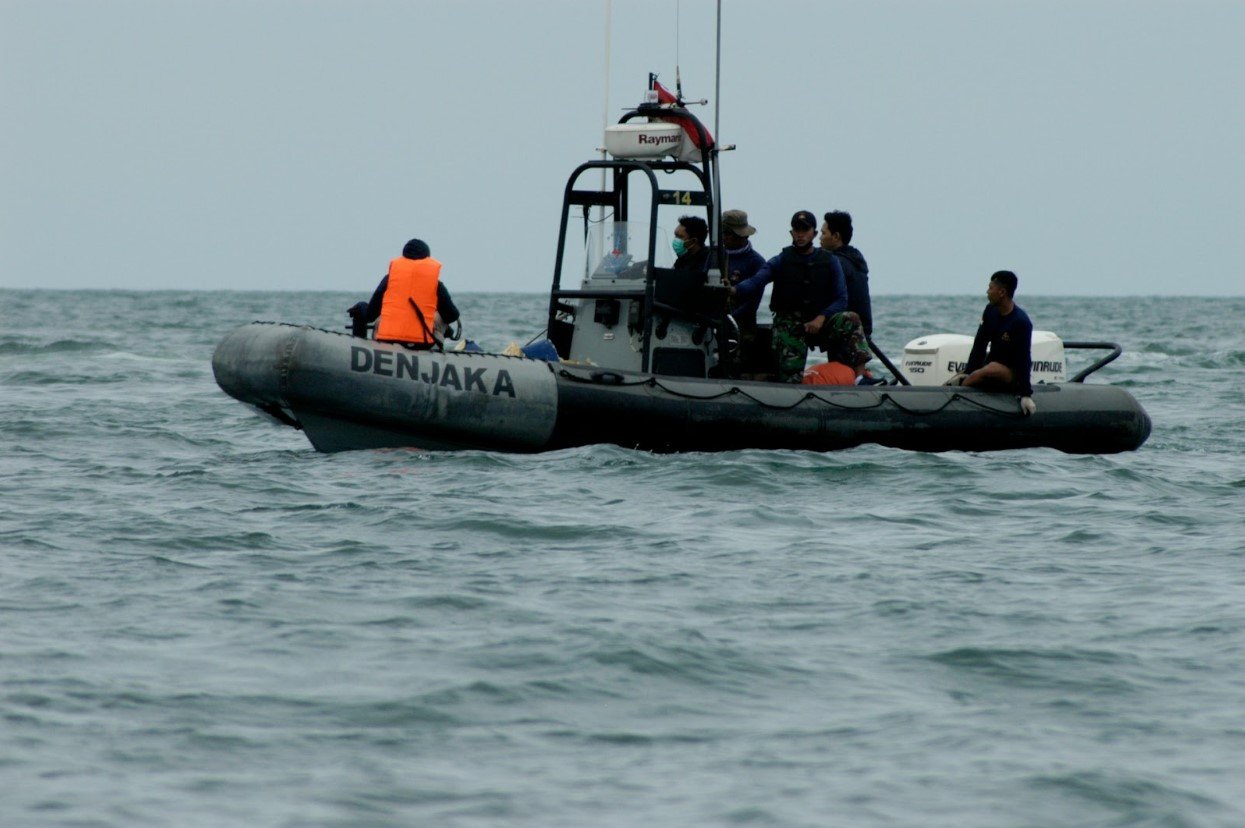
Philippine Coast Guard officials were quick to claim that they had begun to reduce the oil flow rate from the stricken ship, describing the spill as “very controllable” in an attempt to further downplay the incident.
Authorities claimed a few days later that the leaks from the Terra Nova had been sealed and they could begin removing oil from the ship to prevent further leaks.
Subsequent Disasters
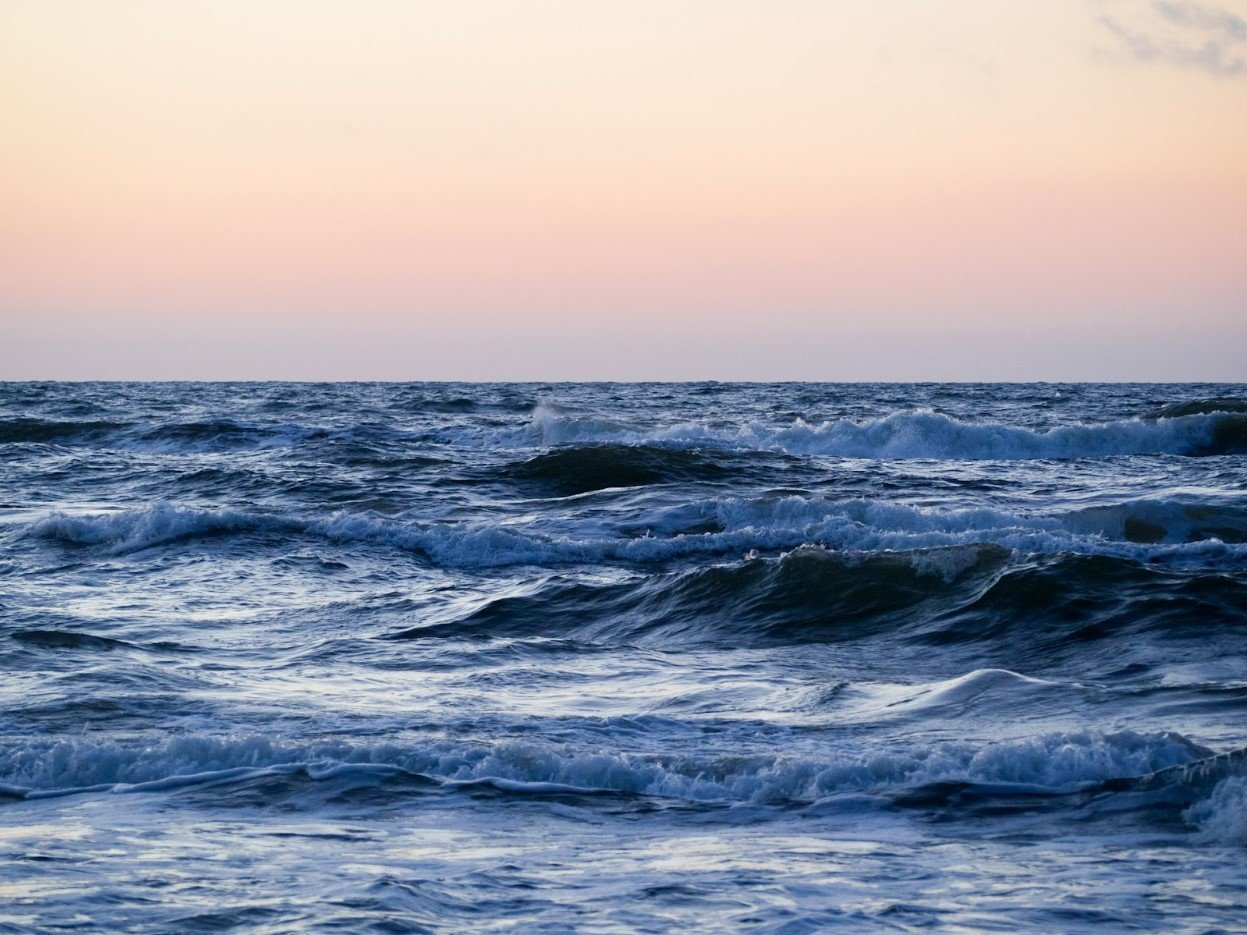
It’s now abundantly clear that the Terra Nova should not have been permitted to leave port in such dangerous conditions.
Just two days after the sinking of the Terra Nova, a second tanker sank off the coast of Bataan, reportedly carrying 5,500 liters of diesel. According to officials, the tanker did not seek clearance to depart amidst the rough waters churned up by the typhoon.
Big Impact on Fishing

The oil spill could have a huge impact on the local fishing industry, but no fishing ban has been put in place. The Bureau of Fisheries and Aquatic Resources initially claimed that raw and cooked fish caught in the area of the Terra Nova’s sinking passed “sensory tests.” Essentially, they passed scent tests — there was no laboratory testing.
They have now updated their guidance, advising the public to “refrain from consuming fish caught from areas” affected by the spill as sensory tests from fish samples collected from towns in the Cavite province revealed “some degree of tainting with petrochemicals.”
Further Ecological Impact
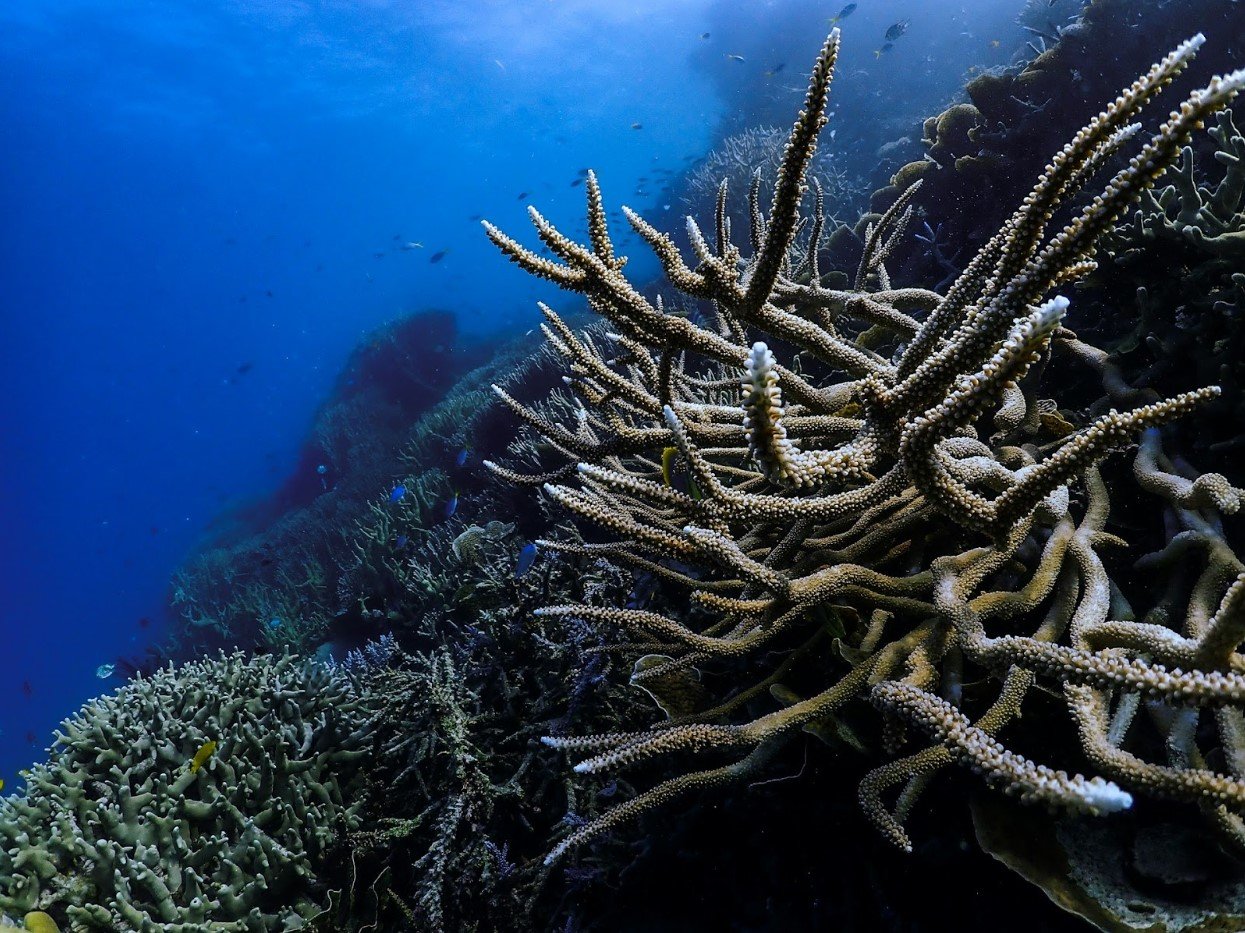
The potential impact of spills like this on ecosystems cannot be overstated. For reference, a previous spill in Filipino waters caused millions of dollars worth of damage.
Damage to coral reefs and mangroves was estimated at over $162 million, with further damage in excess of $84 million believed to be caused to agriculture.
Industry vs Ecology
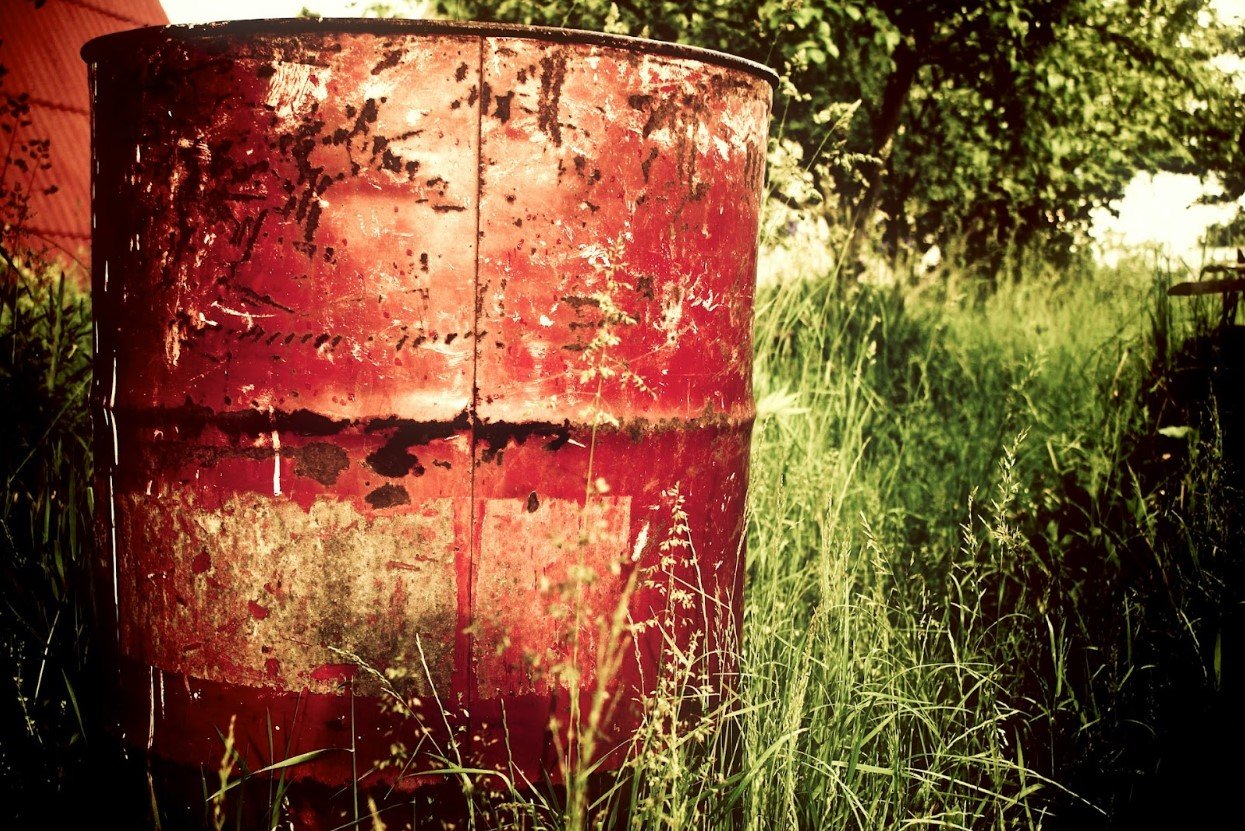
Sadly, accidents of this kind aren’t uncommon in the region. The sinking of the MT Princess Empress earlier this year saw over 800,000 liters of industrial fuel oil spill into the waters.
There seems to be a worrying narrative where safety is put aside to protect profits. Extreme weather like this is only going to get worse as the climate crisis worsens. If regulations and shipping practices don’t adapt to keep pace, ecological disasters like this are only going to become more common.
